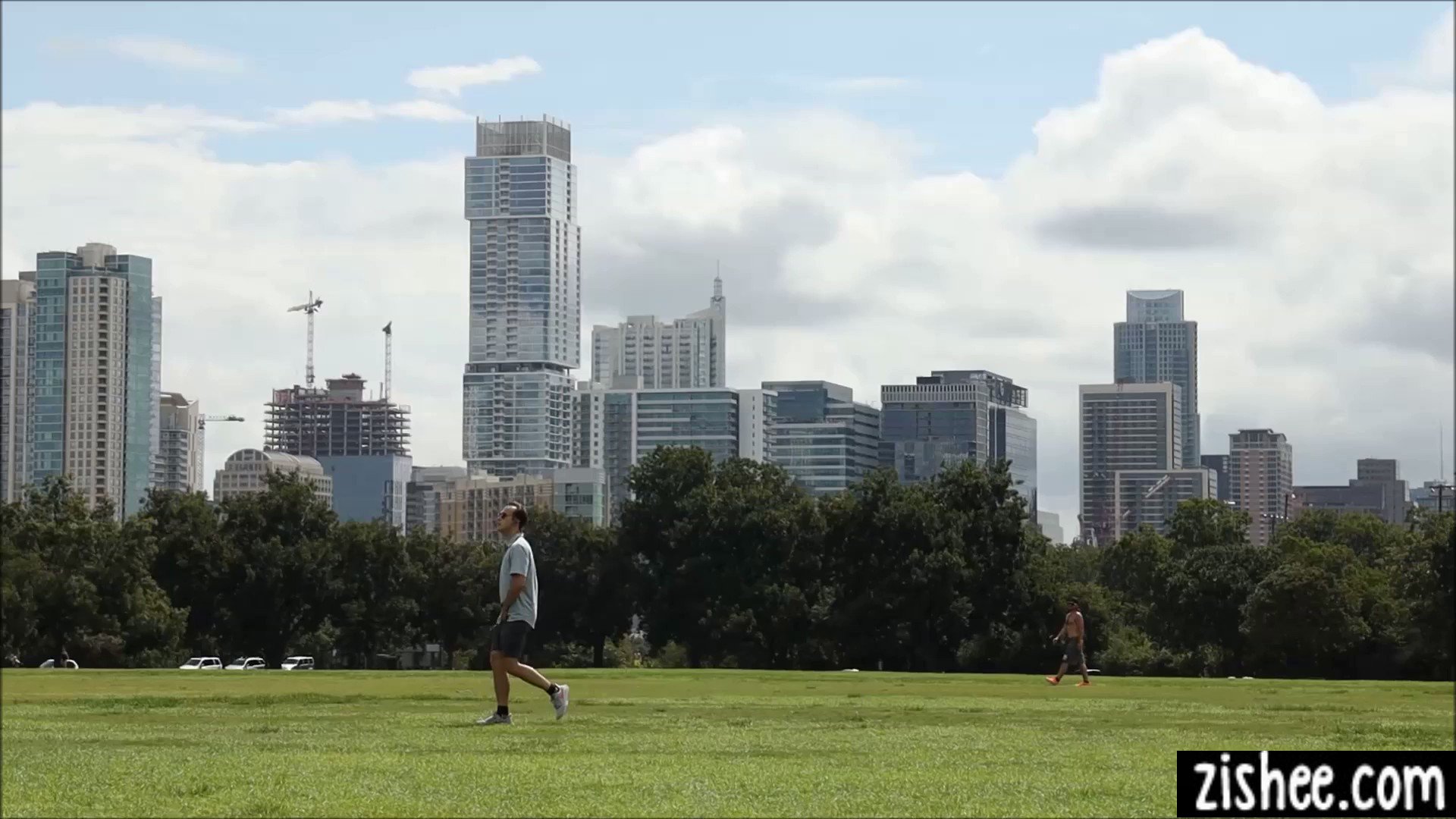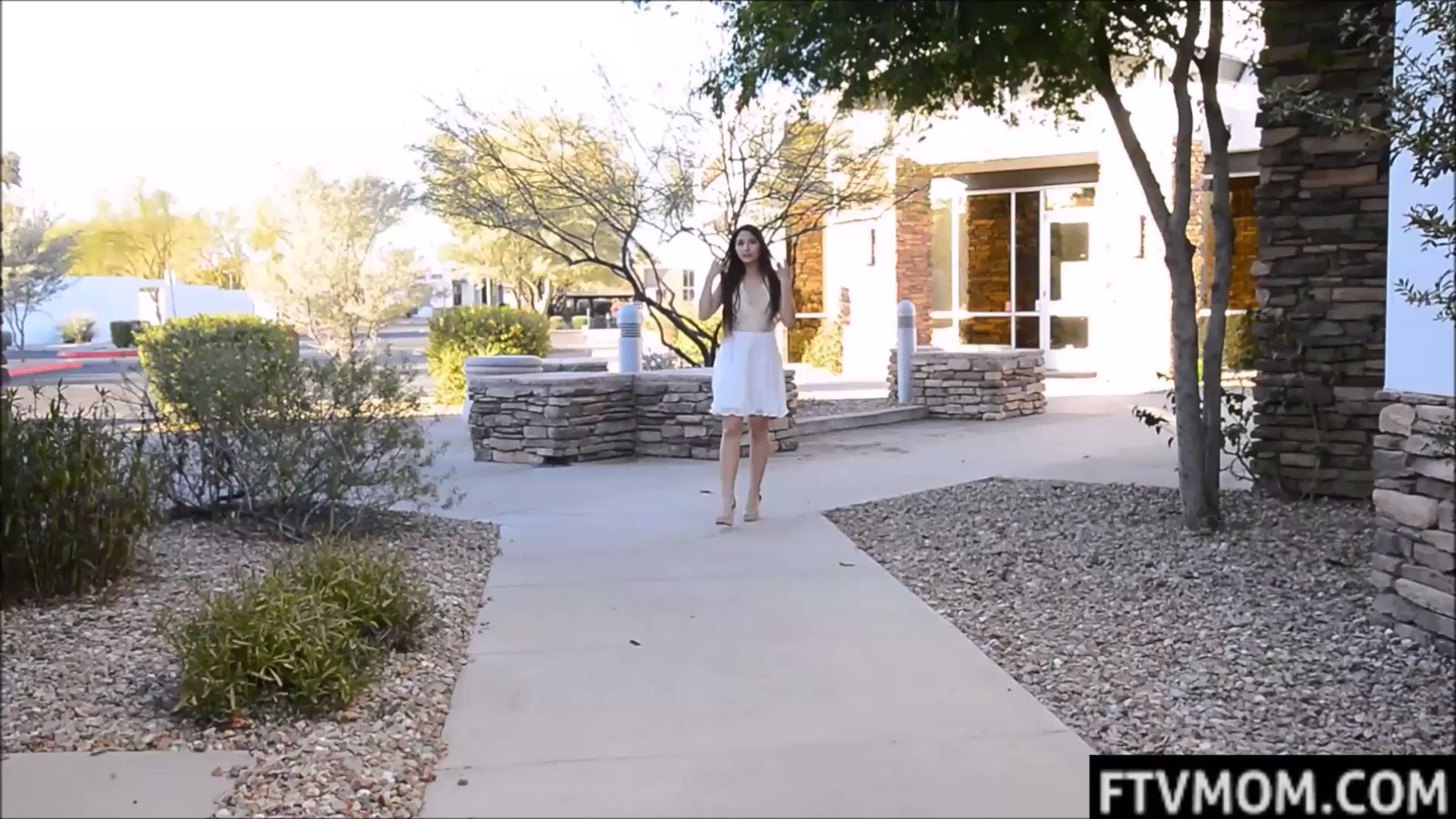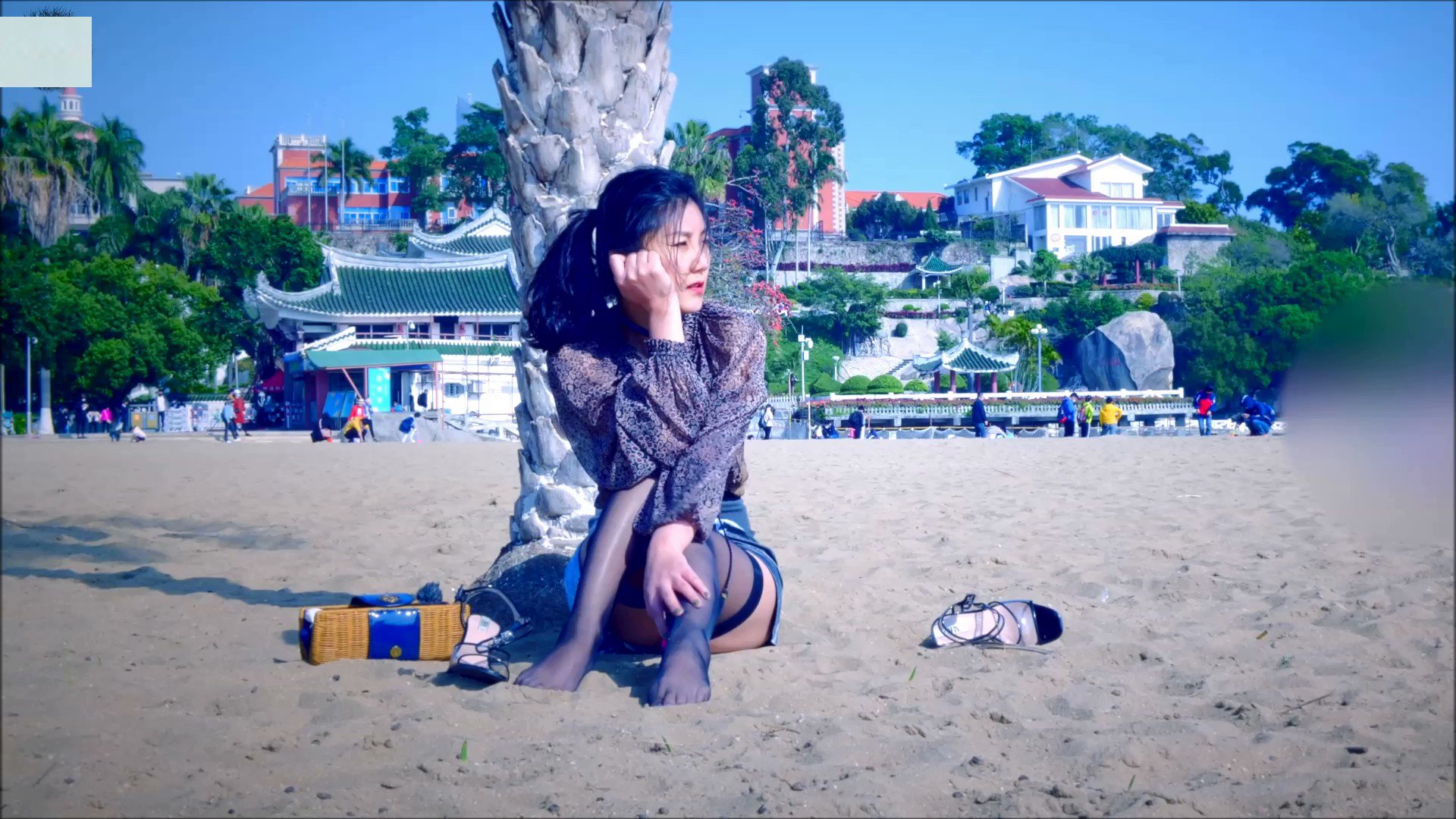Indian public nudity might sound like a controversial topic, but it’s one that dives deep into cultural nuances, societal norms, and historical contexts. In a country as diverse as India, understanding this subject isn’t just about shock value—it’s about exploring the complexities of tradition versus modernity. This article aims to shed light on the topic without judgment, offering insights into why public nudity exists in certain contexts and what it means for Indian society today.
When we talk about public nudity in India, we’re not just discussing a single phenomenon. It’s a mosaic of beliefs, practices, and sometimes even misinterpretations. From religious rituals to art forms, the concept of nudity in public spaces has been woven into the fabric of Indian culture for centuries. Yet, in today’s globalized world, it often raises eyebrows both inside and outside the country.
This article will take you on a journey through the history, cultural significance, and modern-day implications of public nudity in India. We’ll explore its roots, debunk common myths, and highlight how this topic is evolving in contemporary times. So, buckle up because we’re about to dive into some fascinating and thought-provoking territory!
- Desi Mms Site The Ultimate Guide To Understanding Navigating And Exploring
- Lara Rose Onlyfans The Ultimate Guide To Her Rise Content And Impact
Understanding the Roots of Indian Public Nudity
Let’s rewind the clock and take a look at where it all began. Public nudity in India isn’t a recent trend; it has historical roots that date back thousands of years. Ancient Indian texts and art forms frequently depict nudity as a symbol of purity, spirituality, and liberation. Think about it—nudity was once seen as a way to connect with the divine, not as something scandalous.
In ancient India, certain religious practices and cultural traditions embraced nudity as a natural state of being. For instance, the Naga Sadhus, who are part of the Hindu religious order, often practice nudity as a form of renunciation. They believe that by shedding material possessions, including clothing, they can achieve spiritual enlightenment. Fascinating, right?
Religious Rituals and Nudity
Now, let’s zoom in on the role of religion in shaping perceptions of public nudity. Many religious ceremonies in India involve elements of nudity, especially among ascetics and holy men. These practices aren’t random—they’re deeply rooted in spiritual beliefs. For example, during the Kumbh Mela, one of the largest religious gatherings in the world, you’ll often see Naga Sadhus performing rituals in the nude. It’s a powerful reminder of how nudity can be a sacred act rather than a taboo one.
- Why Dubai Porta Potty Is A Gamechanger In Urban Sanitation
- Kid And His Mom Cctv The Untold Story Behind The Viral Moments
Here’s a quick rundown of some religious groups that incorporate nudity into their practices:
- Naga Sadhus: Hindu ascetics who renounce material possessions, including clothing.
- Jain Monks: Some Jain monks practice nudity as a form of austerity and detachment from worldly desires.
- Aghori Sadhus: Known for their extreme practices, these Hindu ascetics often embrace nudity as part of their spiritual journey.
While these practices might seem unusual to outsiders, they hold immense significance for those who follow them. It’s all about perspective and understanding the cultural context.
Modern-Day Perceptions of Indian Public Nudity
Fast forward to today, and you’ll find that public nudity in India is a topic of heated debate. On one hand, there’s a growing acceptance of body positivity and self-expression. On the other hand, societal norms and legal frameworks still view public nudity as a punishable offense in most cases. So, what’s really going on?
In urban areas, especially among younger generations, there’s a shift towards embracing nudity as a form of art and self-expression. Artists, activists, and even social media influencers are using nudity to challenge societal norms and spark conversations about body autonomy. However, this doesn’t mean it’s widely accepted across the board.
Legal Frameworks and Public Nudity
Let’s talk about the legal side of things. In India, public nudity is generally considered indecent exposure and can lead to legal consequences under Section 294 of the Indian Penal Code. This law prohibits acts that are deemed obscene or offensive to public morals. While it’s rarely enforced in cases involving religious practices, it’s a different story for individuals who choose to express themselves through nudity outside of these contexts.
Here’s an interesting fact: in 2019, a court in India ruled that nudity in art is not obscene if it serves a genuine artistic purpose. This decision marked a significant shift in how nudity is perceived in the legal realm. It opened the door for artists to explore themes of nudity without fear of prosecution, provided they can justify their work as having artistic merit.
Cultural Nuances and Misconceptions
Now, let’s clear up some common misconceptions about Indian public nudity. One of the biggest myths is that nudity is universally frowned upon in India. While it’s true that mainstream society tends to view nudity as taboo, there are plenty of exceptions. For example, in certain tribal communities, nudity is seen as a natural and acceptable part of daily life.
Another misconception is that public nudity is always tied to religious practices. In reality, it can also be a form of protest or social commentary. For instance, in 2017, a group of women in Kerala staged a nude protest to demand justice for a rape victim. This act of defiance highlighted how nudity can be used as a powerful tool for activism.
Tribal Traditions and Public Nudity
Speaking of tribal communities, let’s take a closer look at how they view nudity. Many indigenous tribes in India have traditionally practiced nudity as a way of life. For them, clothing is optional and often dictated by practical needs rather than societal norms. This perspective challenges the Western notion that nudity is inherently shameful or immoral.
Here’s a table summarizing some tribal communities and their attitudes towards nudity:
| Tribe | Region | Attitude Towards Nudity |
|---|---|---|
| Bonda | Odisha | Nudity is common among women and seen as a sign of freedom. |
| Konyak | Nagaland | Nudity is part of traditional attire for men during festivals. |
| Sentinelese | Andaman Islands | Nudity is the norm for both men and women. |
Art and Public Nudity in India
Art has always been a medium for challenging societal norms, and public nudity is no exception. In recent years, Indian artists have increasingly used nudity in their work to explore themes of identity, gender, and sexuality. This has sparked both admiration and controversy, depending on who you ask.
One notable example is the work of photographer Dayanita Singh, who often features nude portraits in her exhibitions. Her art challenges viewers to rethink their perceptions of nudity and its place in society. Similarly, filmmaker Deepa Mehta’s movie “Fire” caused a stir when it depicted intimacy between two women, breaking taboos around same-sex relationships and nudity.
Challenges Faced by Artists
Despite the growing acceptance of nudity in art, artists in India still face significant challenges. Censorship, societal backlash, and legal hurdles are just a few of the obstacles they encounter. However, many artists remain undeterred, using their work to push boundaries and spark important conversations.
Here are some key challenges faced by artists who incorporate nudity into their work:
- Censorship by film boards and galleries
- Social media bans and content removal
- Threats and harassment from conservative groups
The Role of Media in Shaping Perceptions
Media plays a crucial role in shaping public perceptions of Indian public nudity. From sensationalized headlines to biased reporting, the way nudity is portrayed in the media can influence how people view it. Unfortunately, this often leads to misinformation and perpetuates negative stereotypes.
However, there are also media outlets and platforms that strive to present a balanced and nuanced perspective. Documentaries, podcasts, and online articles are helping to educate the public about the cultural and historical significance of nudity in India. These efforts are vital in fostering greater understanding and acceptance.
Documentaries and Films on Public Nudity
For those interested in learning more about this topic, there are several documentaries and films worth checking out. Here are a few recommendations:
- “The Naked Monk”: A documentary exploring the lives of Naga Sadhus and their practice of nudity.
- “Naked Truth”: A film that delves into the cultural and social implications of nudity in India.
- “The Art of Nudity”: A series examining the role of nudity in Indian art and literature.
Public Nudity and Gender Dynamics
When it comes to public nudity, gender dynamics play a significant role. While men and women may both engage in public nudity, the societal reactions and consequences often differ. Women, in particular, face greater scrutiny and criticism for their choices, even when their actions are rooted in activism or self-expression.
However, there’s a growing movement to challenge these double standards. Women are increasingly using nudity as a form of empowerment, reclaiming their bodies and voices in the process. This shift is evident in both art and activism, where women are taking center stage and demanding to be heard.
Case Studies of Female Activists
Let’s take a look at some inspiring case studies of women who have used nudity as a form of protest:
- Urvashi Butalia: A prominent feminist writer who has written extensively on the topic of nudity and gender.
- Leslee Udwin: The filmmaker behind “India’s Daughter,” a documentary that explores the intersection of nudity, gender, and violence.
Conclusion: Embracing Diversity and Understanding
In conclusion, Indian public nudity is a complex and multifaceted topic that reflects the diversity and richness of Indian culture. From religious rituals to art forms, it’s a subject that invites us to broaden our perspectives and challenge our assumptions. By understanding its historical roots, cultural significance, and modern-day implications, we can foster greater empathy and acceptance.
So, what can you do? Start by educating yourself and others about the nuances of this topic. Share this article with friends and family, and engage in open and respectful conversations. Together, we can create a more inclusive and informed society that celebrates diversity in all its forms.
Daftar Isi
- Understanding the Roots of Indian Public Nudity
- Religious Rituals and Nudity
- Modern-Day Perceptions of Indian Public Nudity
- Legal Frameworks and Public Nudity
- Cultural Nuances and Misconceptions
- Tribal Traditions and Public Nudity
- Art and Public Nudity in India
- The Role of Media in Shaping Perceptions
- Public Nudity and Gender Dynamics
- Conclusion: Embracing Diversity and Understanding
- Jameliz Onlyfans Leaked The Untold Story You Need To Know
- Teach Me First Honeytoon Unlock Your Creative Potential


